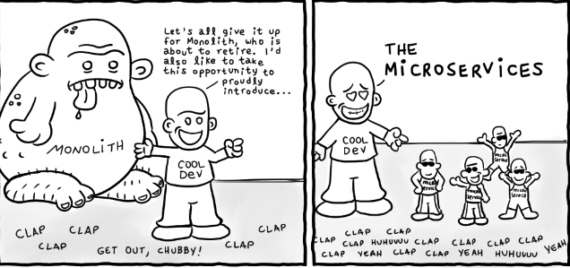This is third part of series of articles about “Complete Set of Tactics for Reducing Tech Debt: Lessons Learned from 14 Years of Building Java Enterprise Systems”.
- Part 1: “The Beginning of a Big Project“
- Part 2: “Comparative Technological Audit“.
In this chapter, we explore the lessons learned in software development while adopting Domain-Driven Design (DDD), Event Storming, and Microservices architecture. Discover the tech debt management strategies and how to mitigate technical debt in Java.

